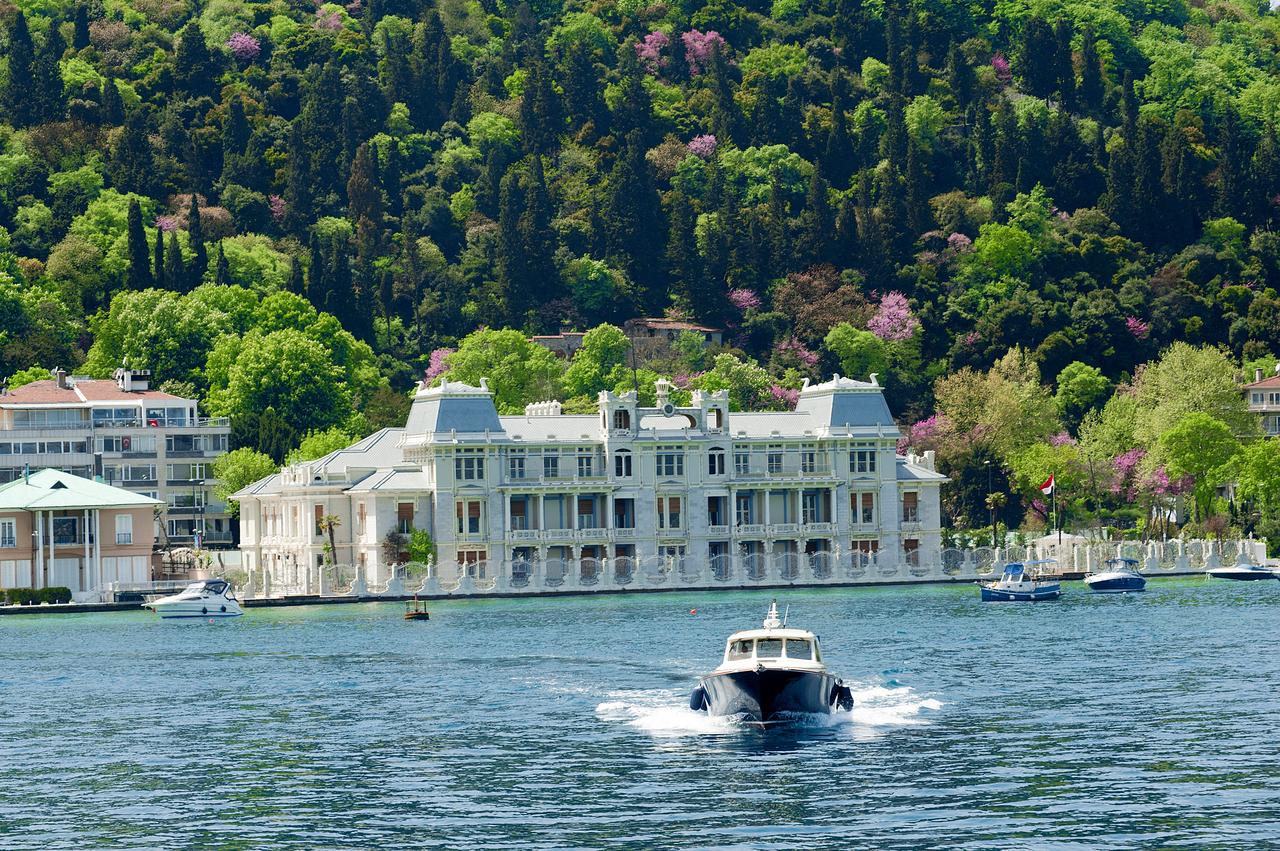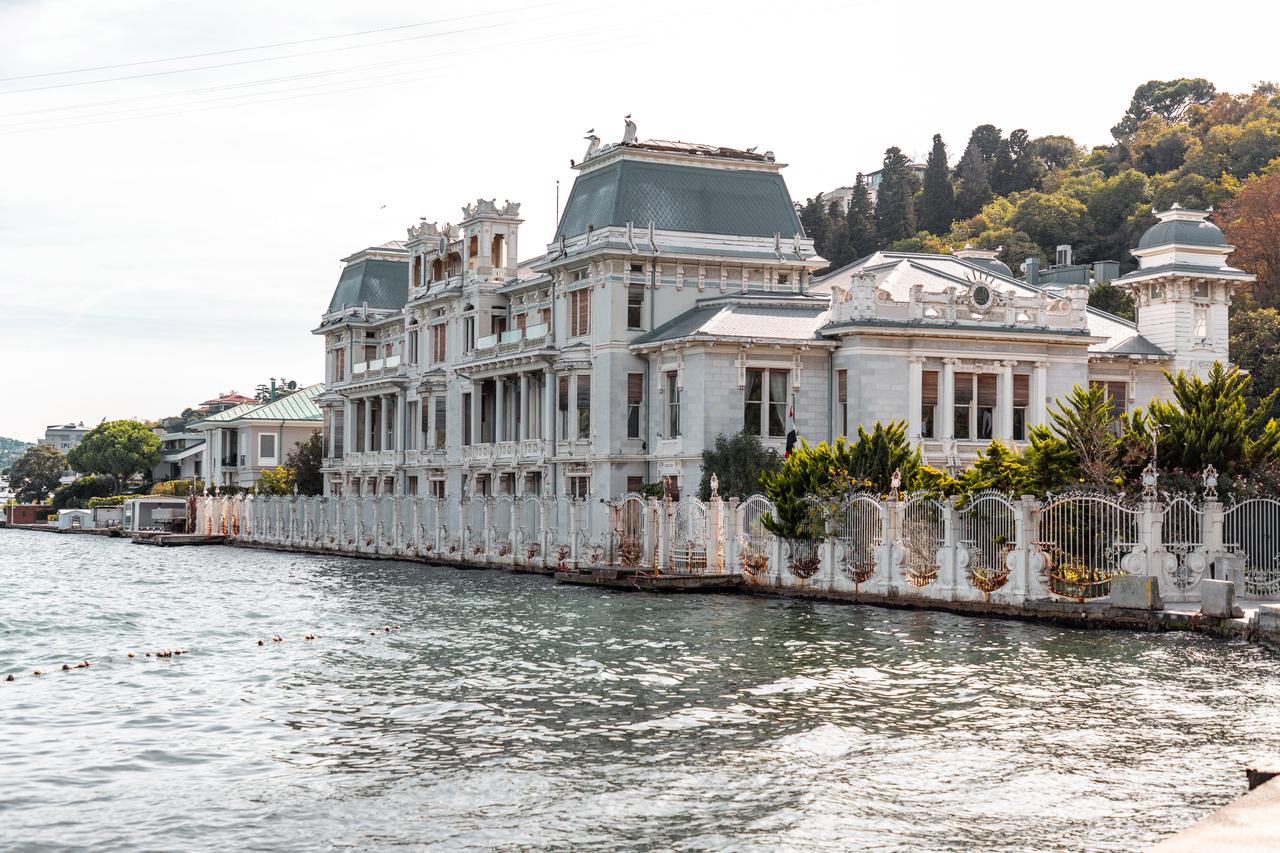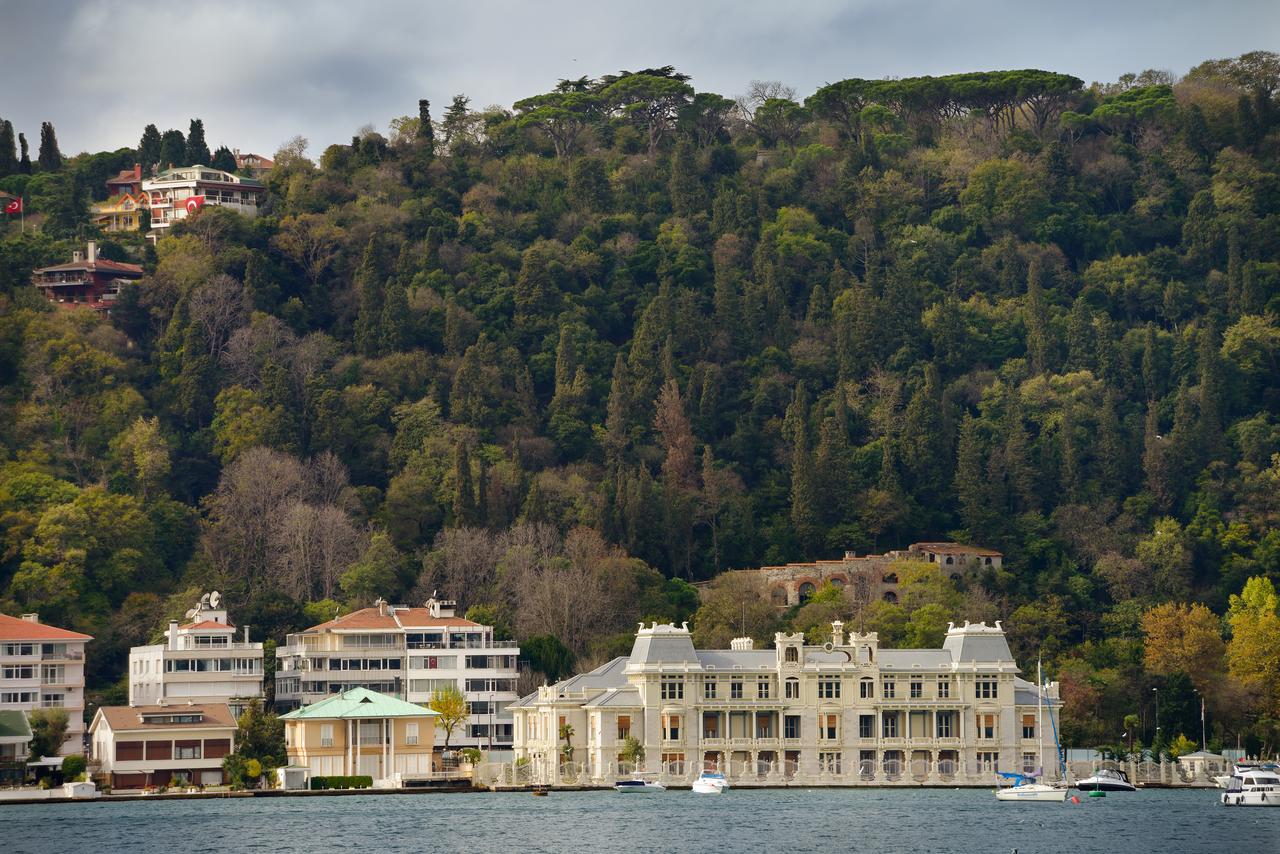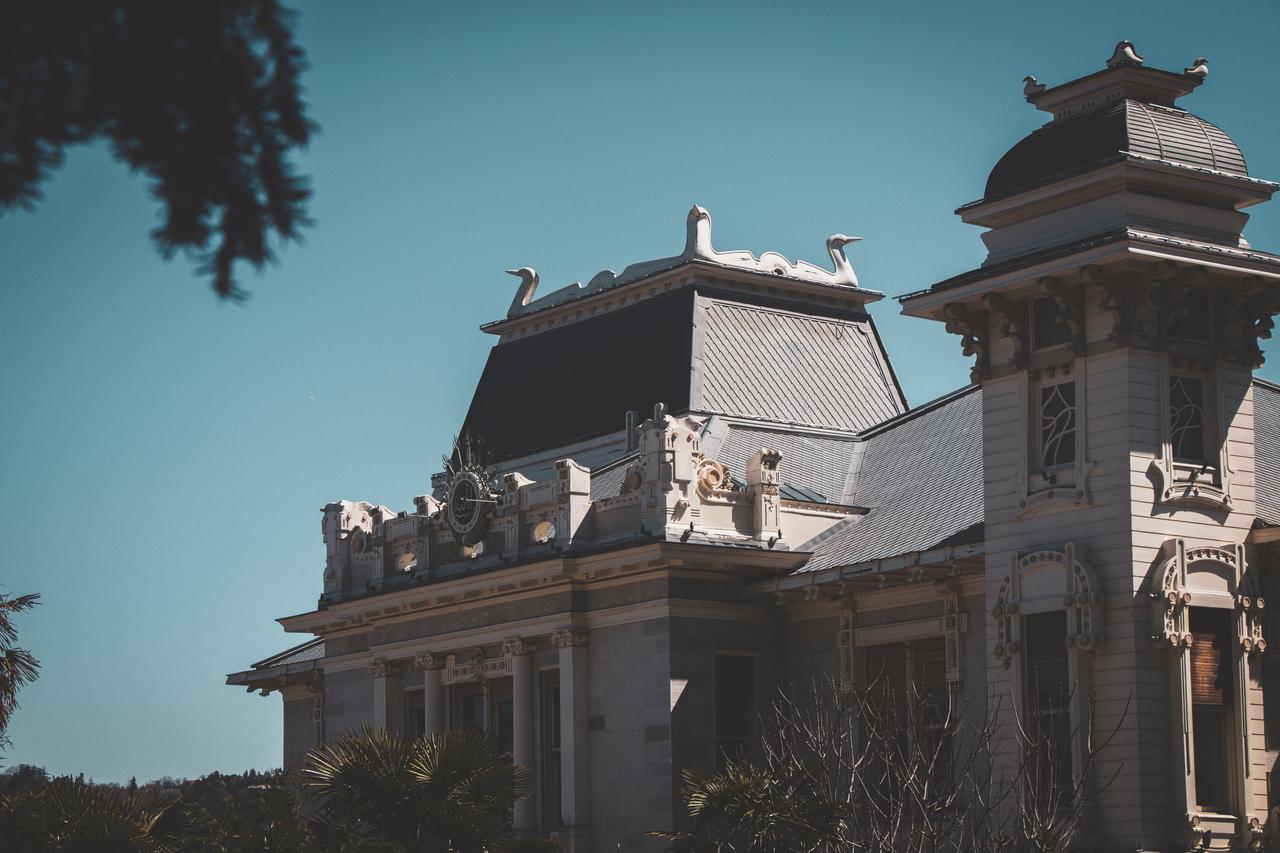
If you ever find yourself strolling through the upscale Bebek district of Istanbul and catch sight of a stunning white building with classic Ottoman architecture, you're most likely standing before one of the Bosphorus’ most breathtaking landmarks: the Egyptian Consulate Palace. The famous architectural gem is known for its unique blend of Ottoman and modern Egyptian design elements.
But what makes this palace so famous? Why has it been known by several names—“Khedive’s Palace,” “Amina Hanim Ilhami’s Palace,” and now the “Egyptian Consulate Palace”? And how did it come into the hands of the Egyptian government? The story of this palace is a captivating blend of history, elegance, and diplomacy.

According to the Istanbul Municipality website, the building was built in 1781. The palace was inhabited by Dori Zadeh Sayyid Muhammad Ataullah Efendi, one of the sheikhs of Islam during the reign of Sultan Abdul Hamid I. Five other sheikhs of Islam from the Dori Zadeh family lived there until the reign of Sultan Mahmud II.
After the death of the last of them, Abdullah Efendi, the palace was rebuilt by Rauf Pasha, one of the senior ministers of Sultan Mahmud II, and then passed to Grand Vizier Ali Pasha.
After Ali Pasha's death in his palace in 1871, Sultan Abdul Hamid II purchased this palace from the heirs of Muhammad Amin Ali Pasha for 15,000 Turkish gold liras. When Khedive Abbas Hilmi II assumed power in Egypt, Abdul Hamid gifted it to him as a comfortable residence for his visits to Istanbul. However, the Khedive ordered the construction of another palace on the Asian side several years later, gifting this palace to his mother, Princess Amina Hanim.
Amina "Walide Hanim" was a charismatic figure who was greatly respected by the sultan, so much so that, in an unprecedented move, the sultan bestowed upon her the honorary title of "pasha," a distinction never before granted to a woman in the empire's history. Until her death in 1931, she spent every summer in Bebek Palace, also known as the "Khedive's Palace" on the seaside.

Princess Amina Elhami was known as "Walida pasha" because she was the mother of the Khedive. Hence the name of the palace. She also was called "Umm al-Muhsinin," meaning "the Mother of Charity," a title earned through her lifelong dedication to philanthropy. She helped the sick and the poor throughout her life. She donated generously to numerous charitable causes.
Also known as the “Khedive Palace”, this structure was rebuilt by Emine Walide Pasha. Although it is often listed in Raimondo d’Aronco’s works, it is thought to have been designed by two Austrian architects, Fabricius and Antonio Lasciac.
The white structure, which many have dubbed "the most beautiful palace in Istanbul," epitomizes the delicate art nouveau style, which is distinguished by its surreal foliage.
The palace has three sides, one overlooking the sparkling blue waters of the Bosphorus and the other overlooking the main street of Cevdet Pasha. The brilliant Italian architect Raimondo Deranko masterfully designed the palace's balconies, embellishing them with exquisitely crafted ornaments and artistic recesses. Observers of the palace's facade overlooking the Bosphorus can see two of the names of God, the Most Beautiful, at the center of the building.
To preserve this splendor and beauty, the Egyptian government contracted the Saruhan Construction Company to restore the palace, a project that took two and a half years. It is worth mentioning that Bebek is considered one of the most upscale neighborhoods in Istanbul, and you can spend a wonderful time in this area when you visit the city.

Following the abolition of the Ottoman Caliphate and the declaration of the Turkish Republic by Mustafa Kemal Ataturk in 1924, members of the Ottoman dynasty were exiled and their properties confiscated.
In order to recover the Bebek Palace, the heirs of Mehmed Emin Ali Pasha filed a lawsuit, claiming that Sultan Abdul Hamid II had purchased it for a meager sum and that they had not been given the opportunity to negotiate the price. After a prolonged and intense legal battle in Turkish courts, Princess Amina Hanim Ilhami's legal team—representing "Walide Pasha"—successfully demonstrated that she was the legitimate owner of the palace.
As a result of the legal victory, Mother Pasha decided that the palace would be transferred to the Egyptian government upon her death, so that it could be used as the permanent headquarters of the Egyptian Royal Commission. This ensured that the palace would remain in the possession of the Egyptian state even after her death.
Thus, the Egyptian Consulate in Istanbul has become a living narrative of the shared history and diplomatic culture between Egypt and Türkiye. Transformed from a royal palace reflecting the elegance of the past into a diplomatic headquarters hosting cultural and artistic events, the palace remains a witness to a long journey of friendly relations and cooperation between the two peoples.